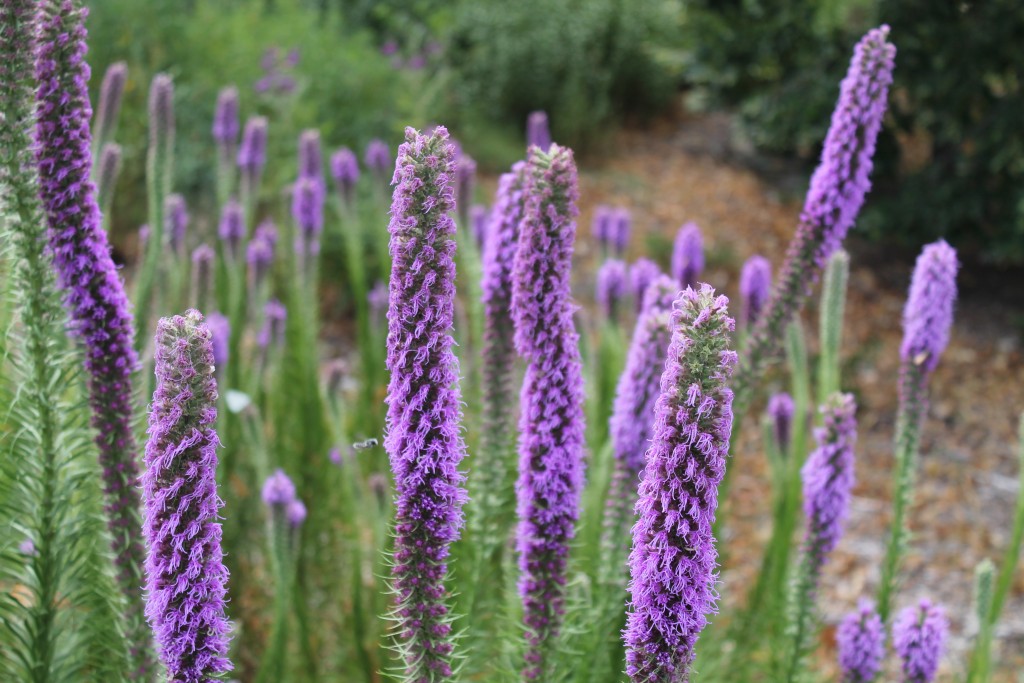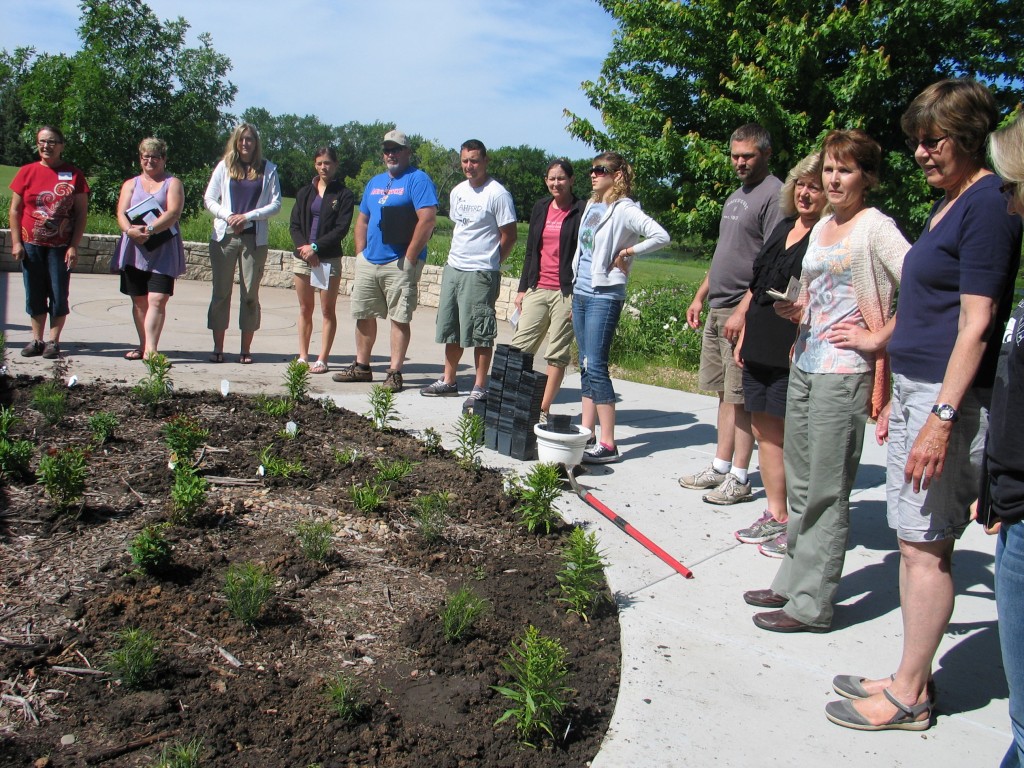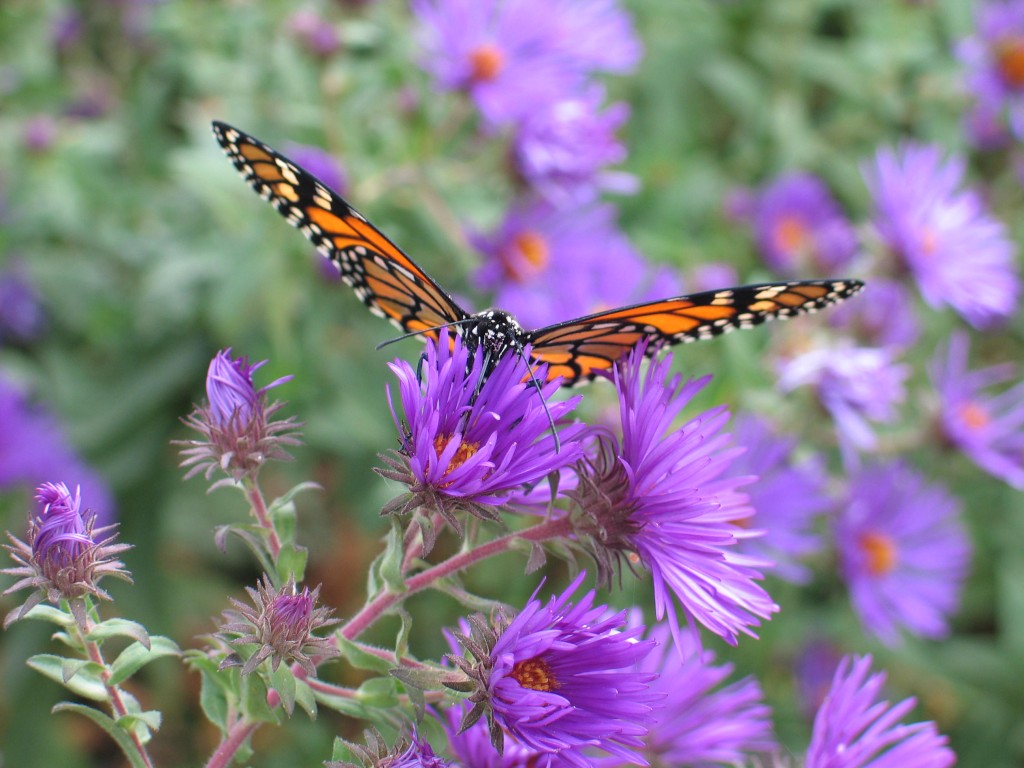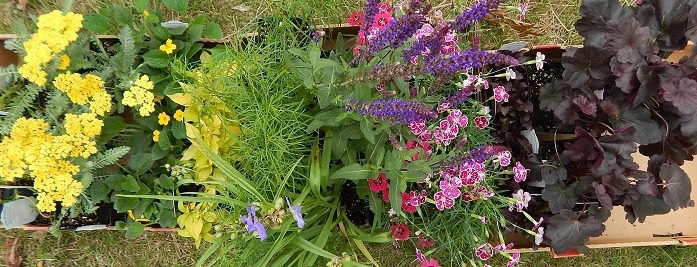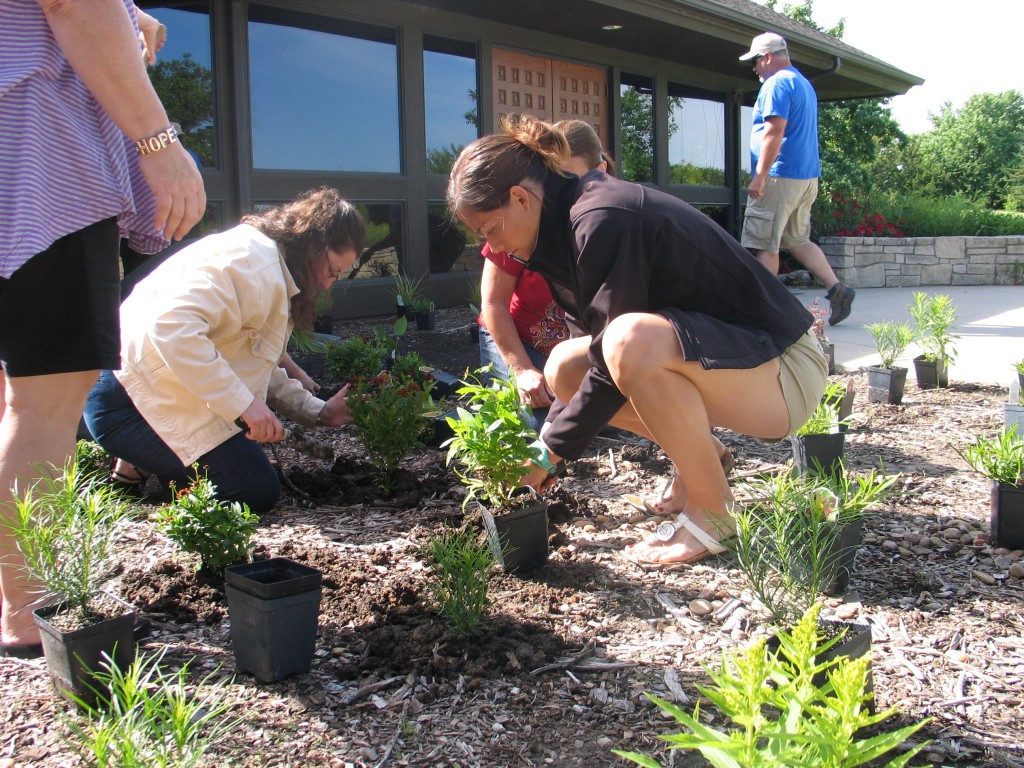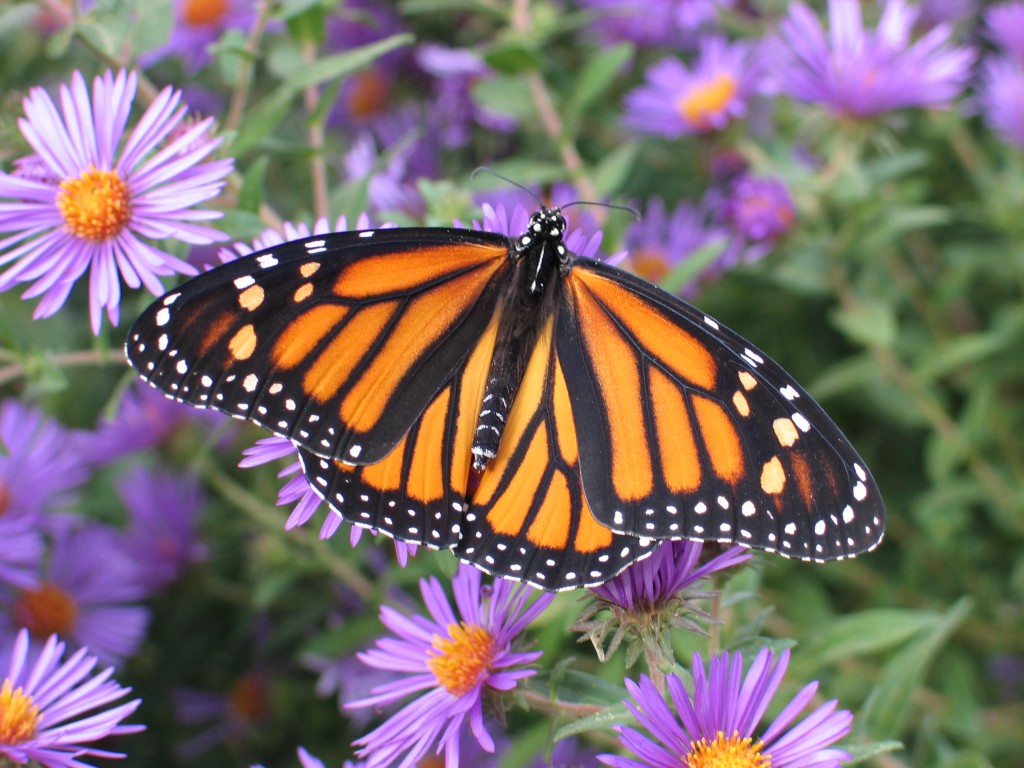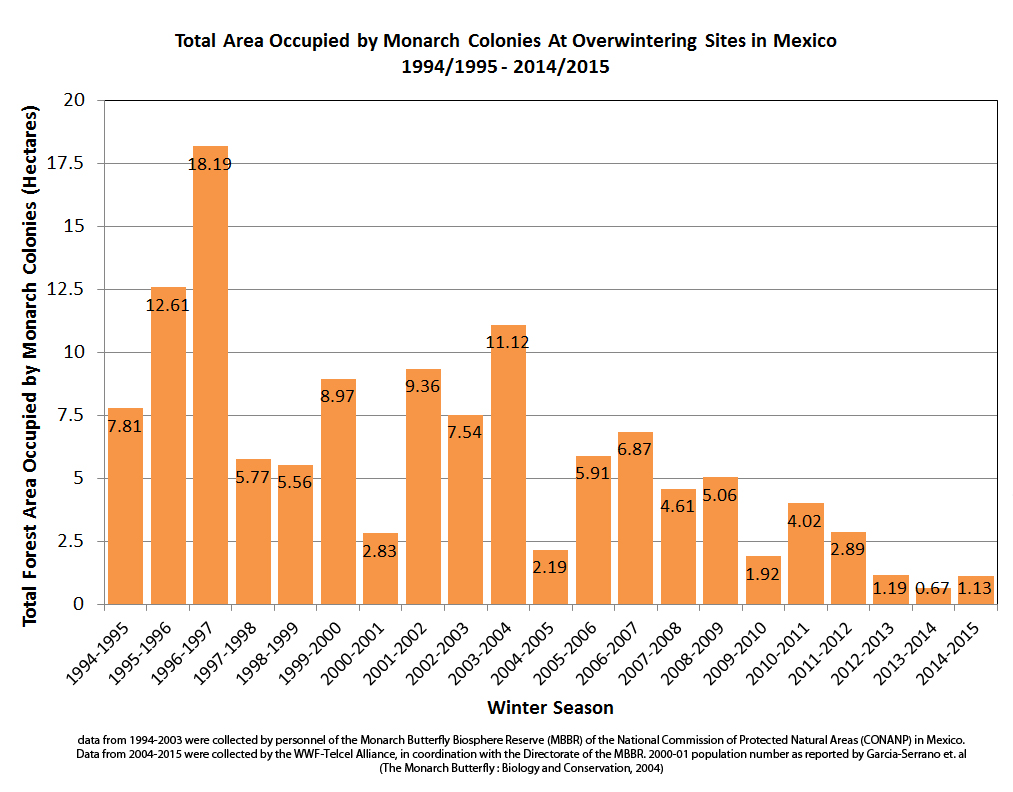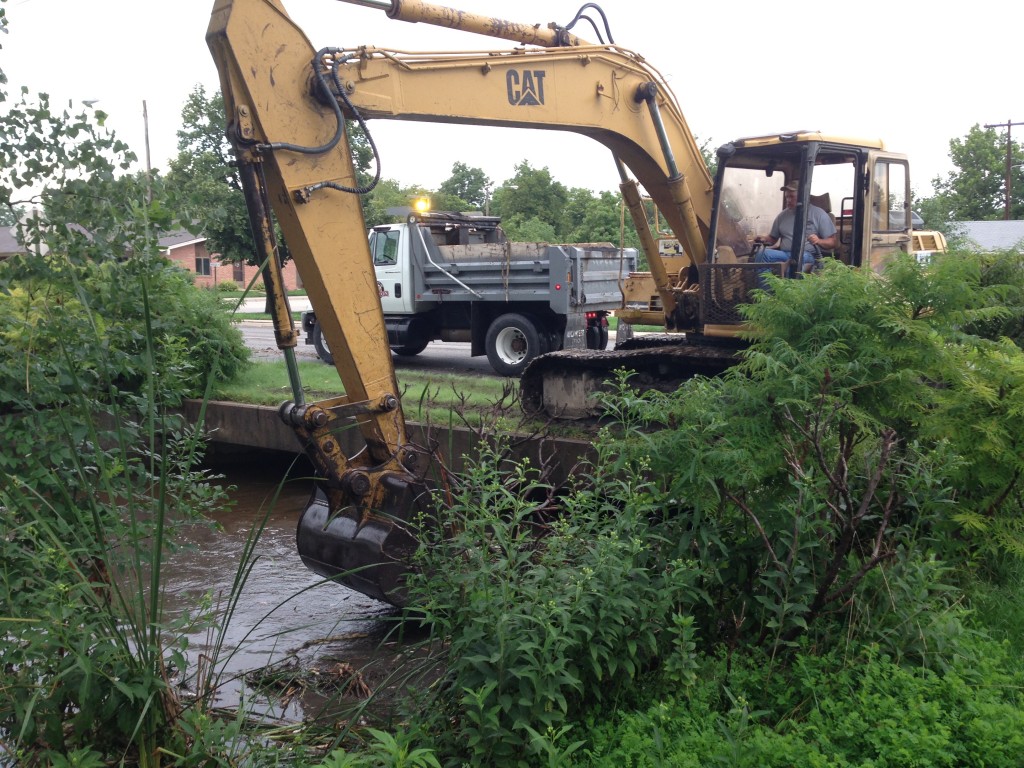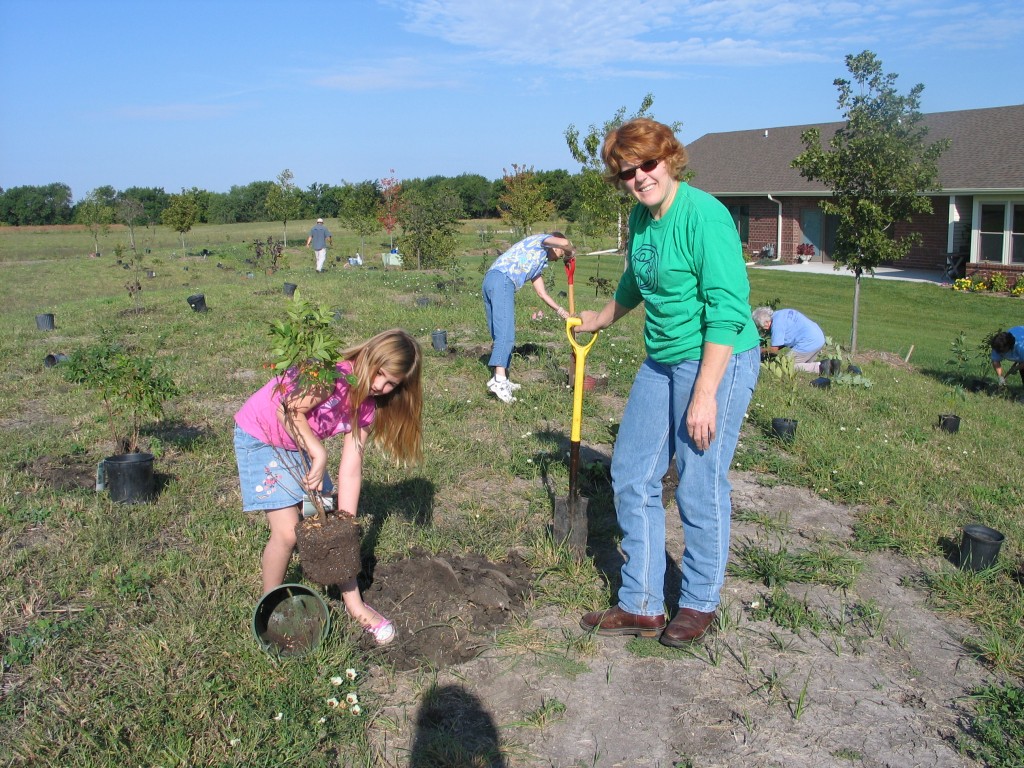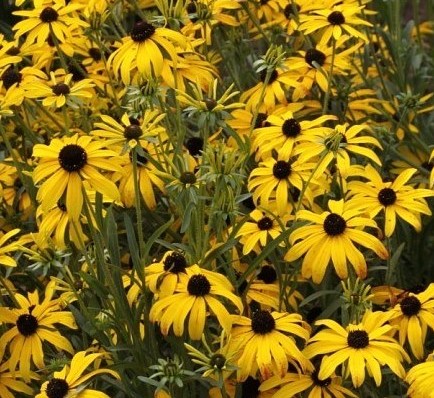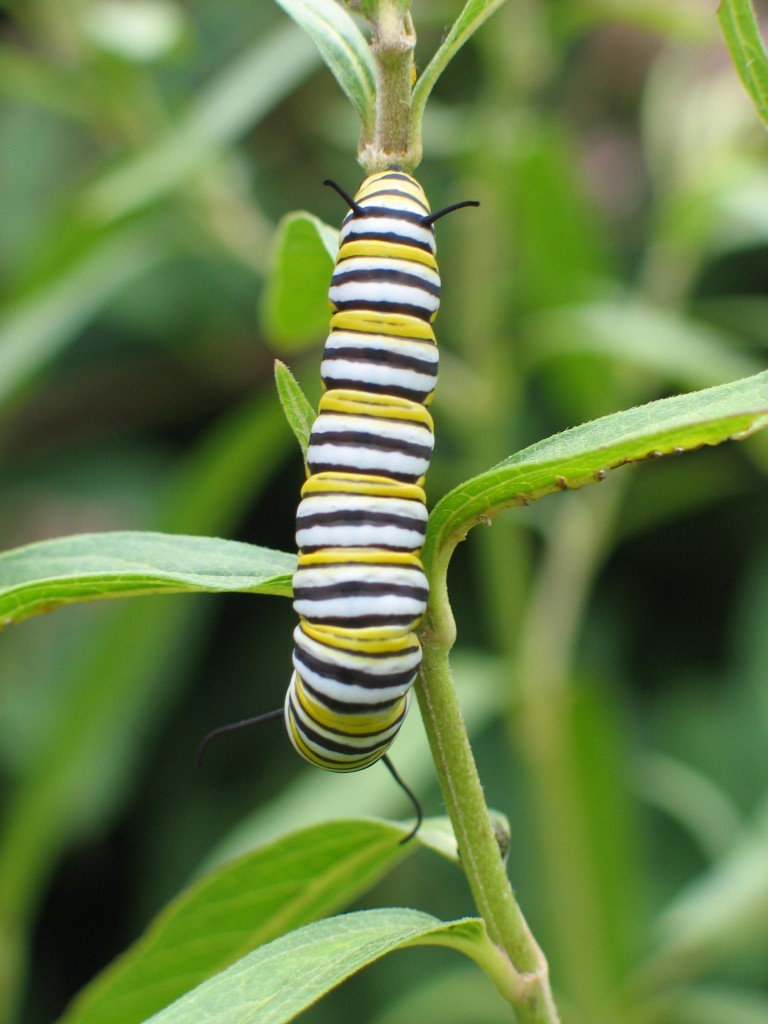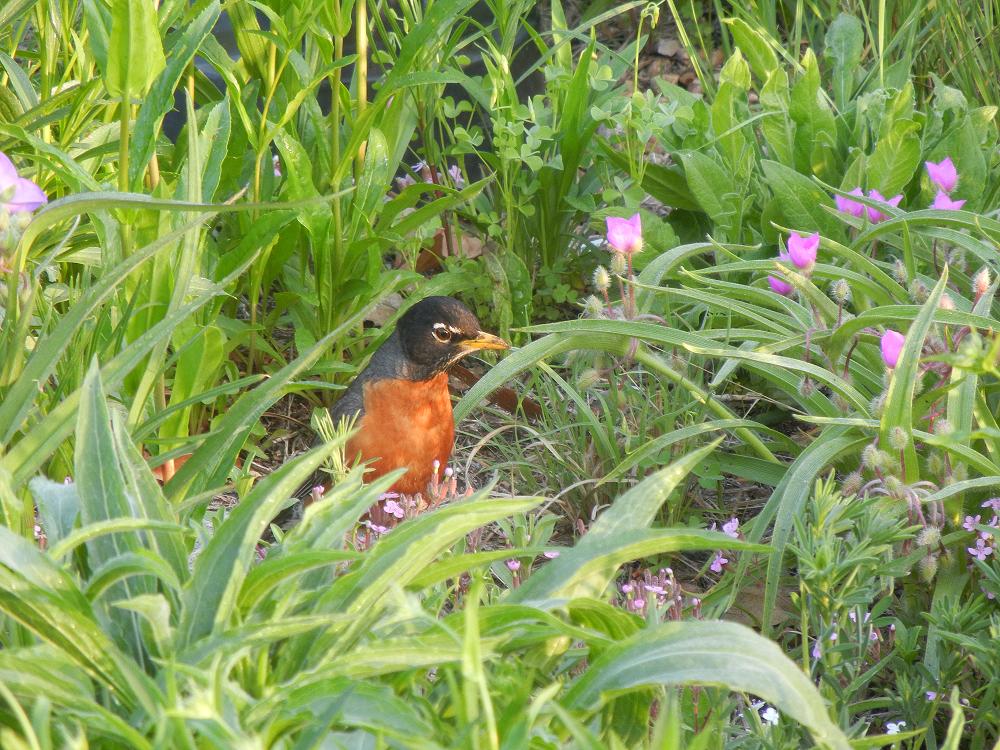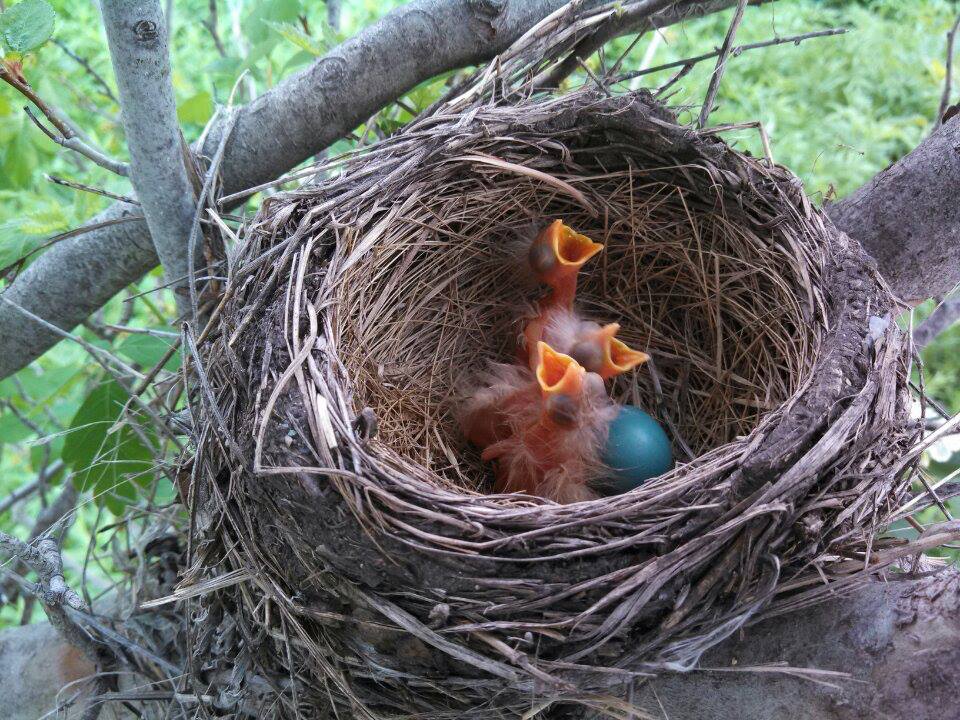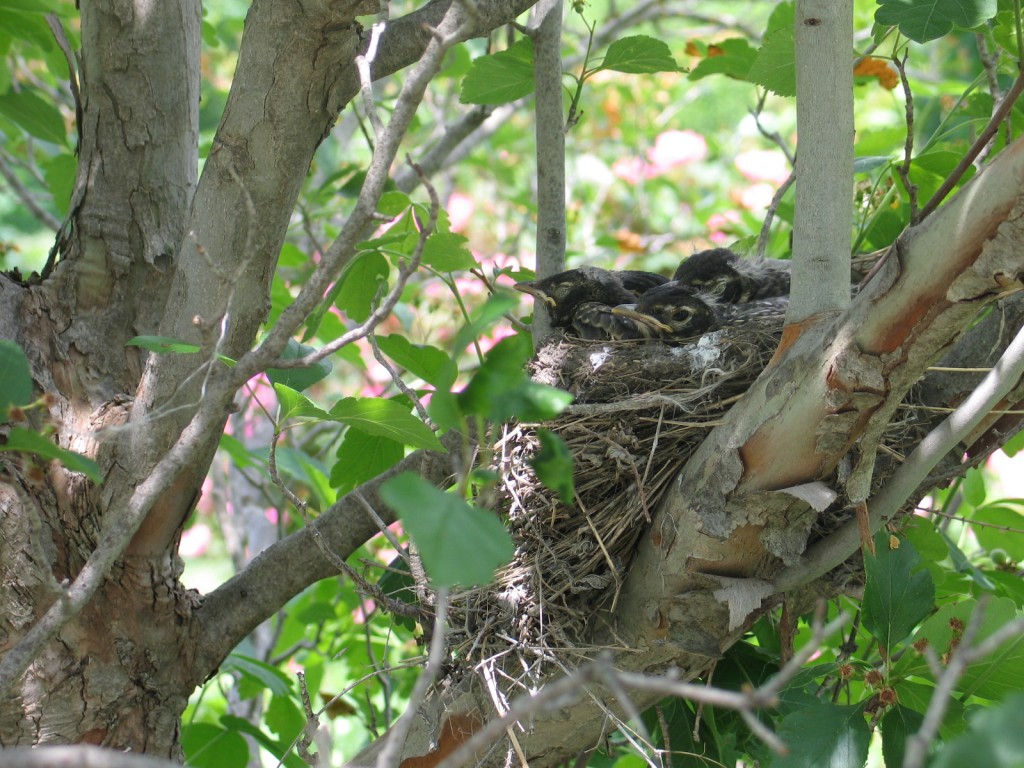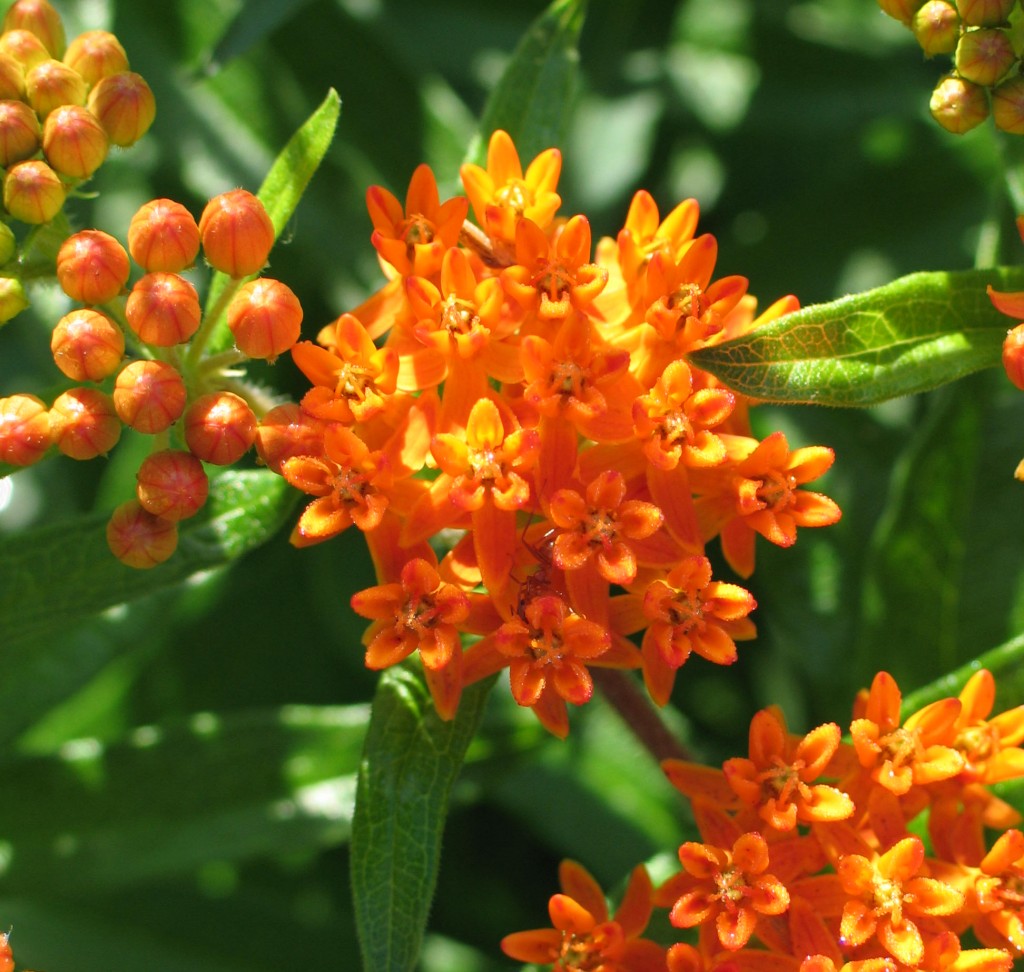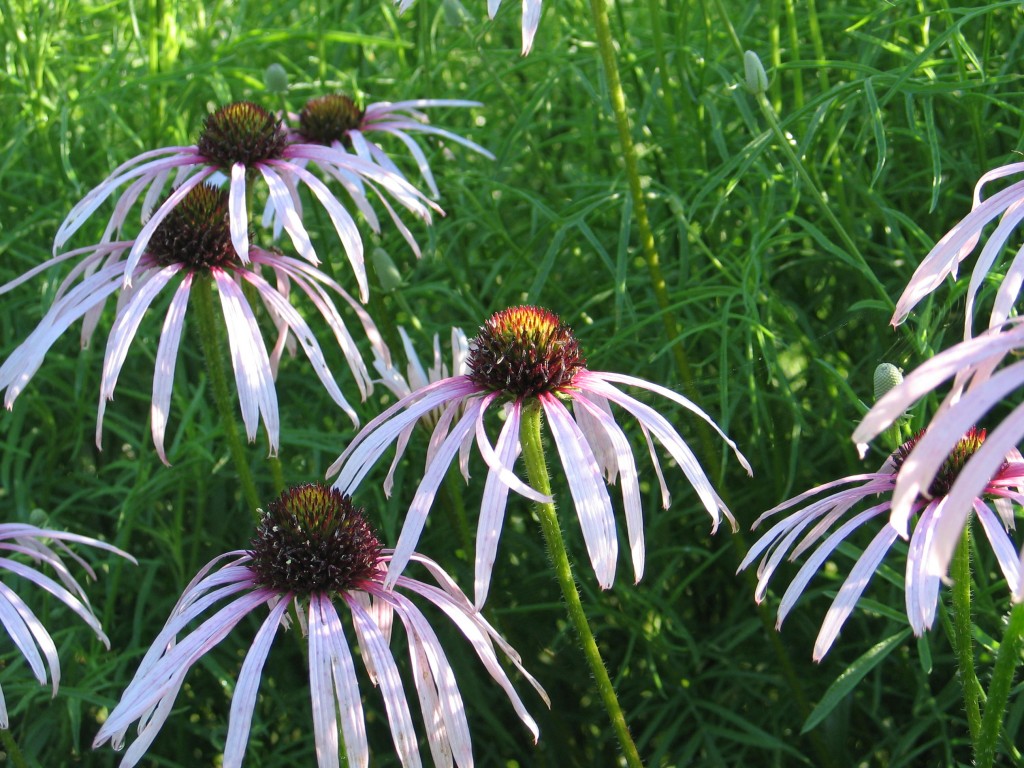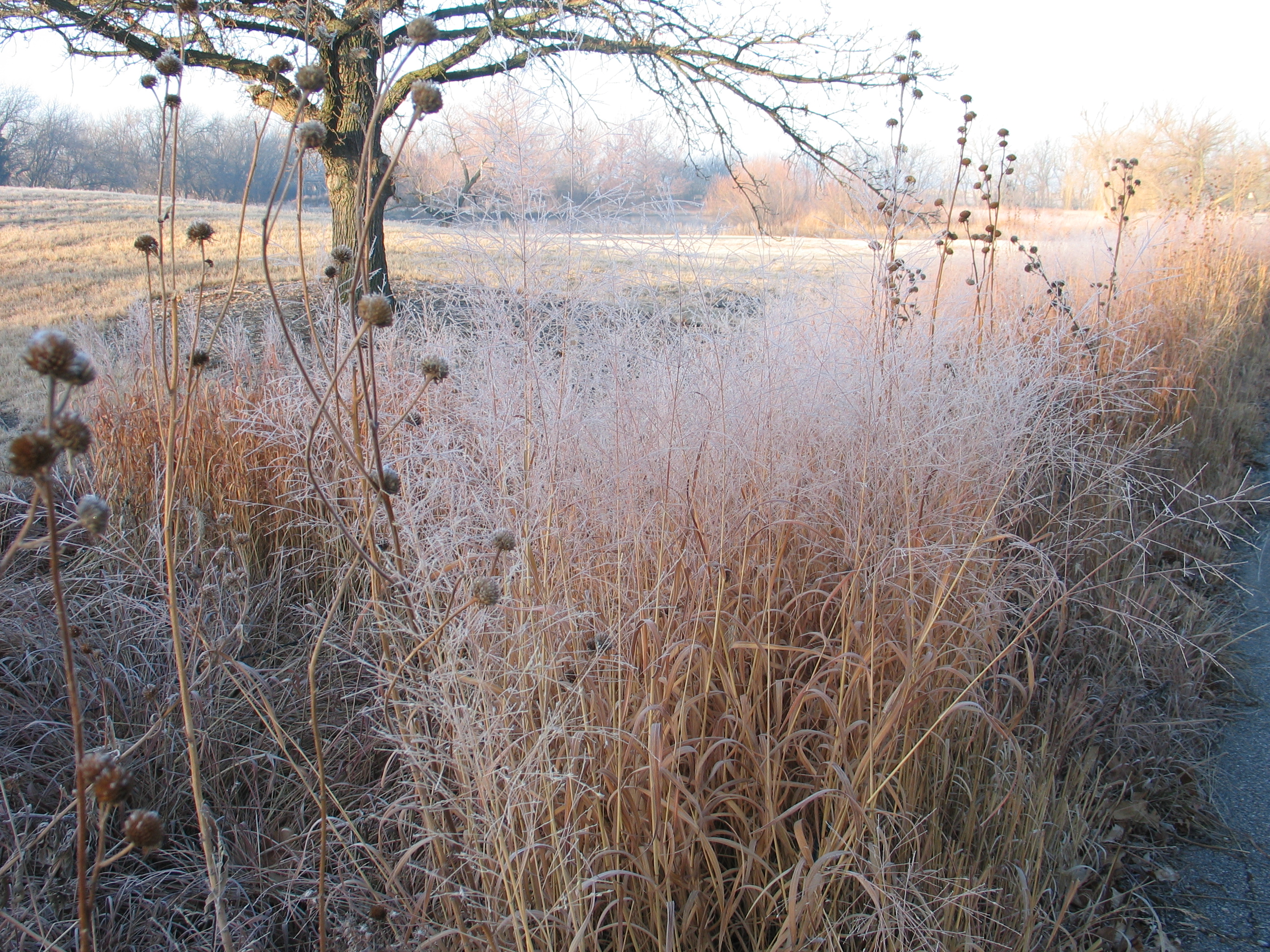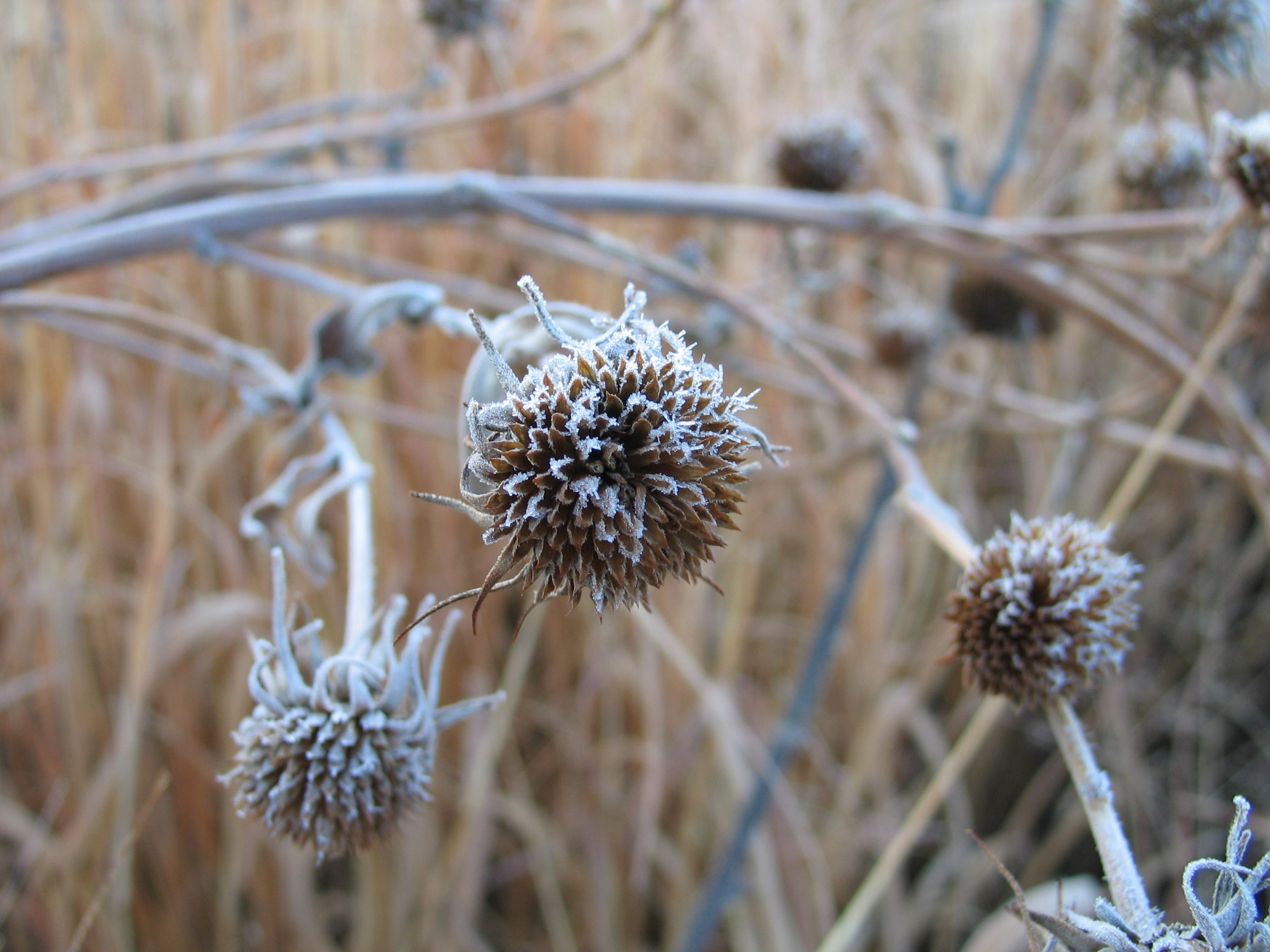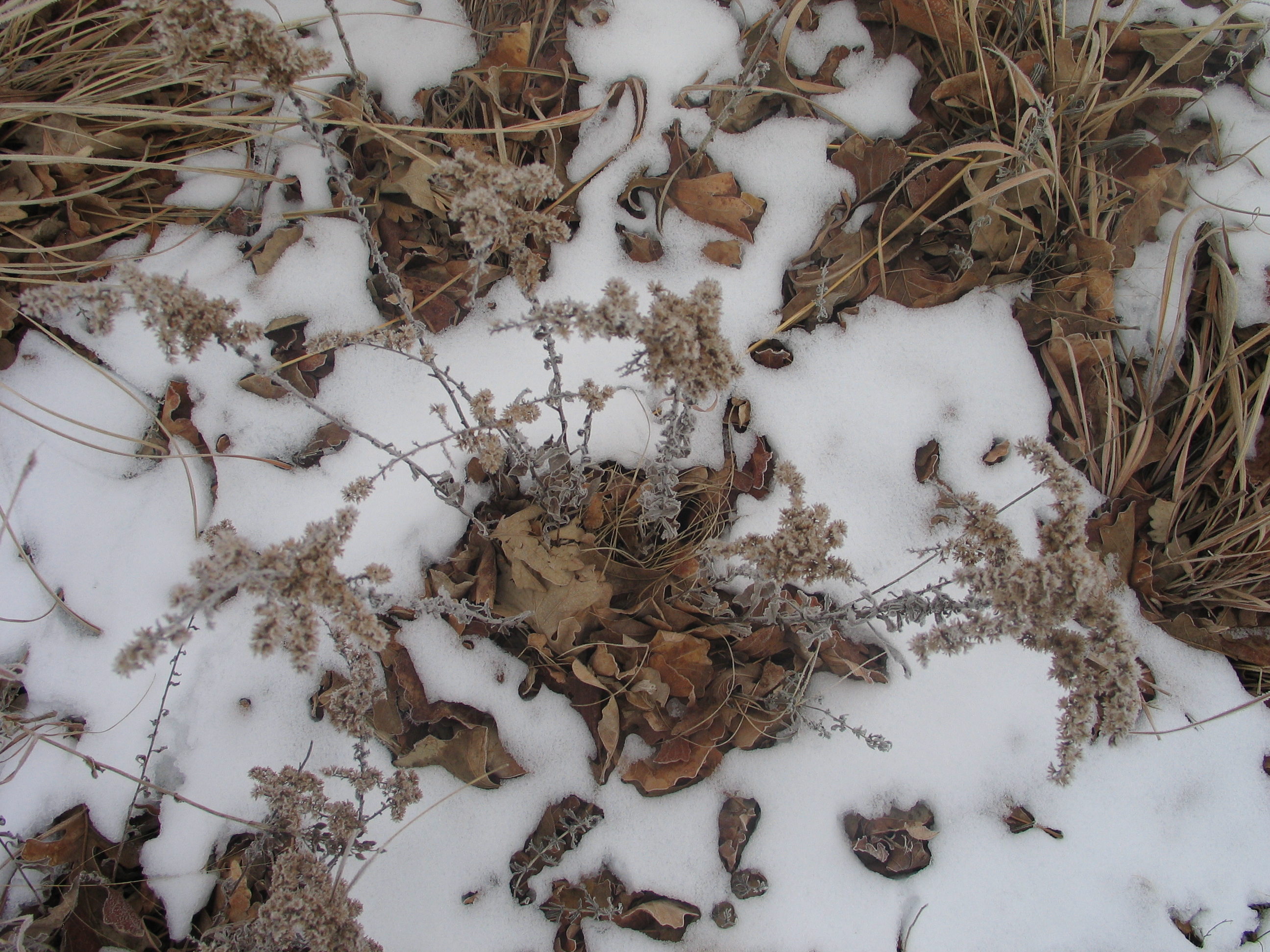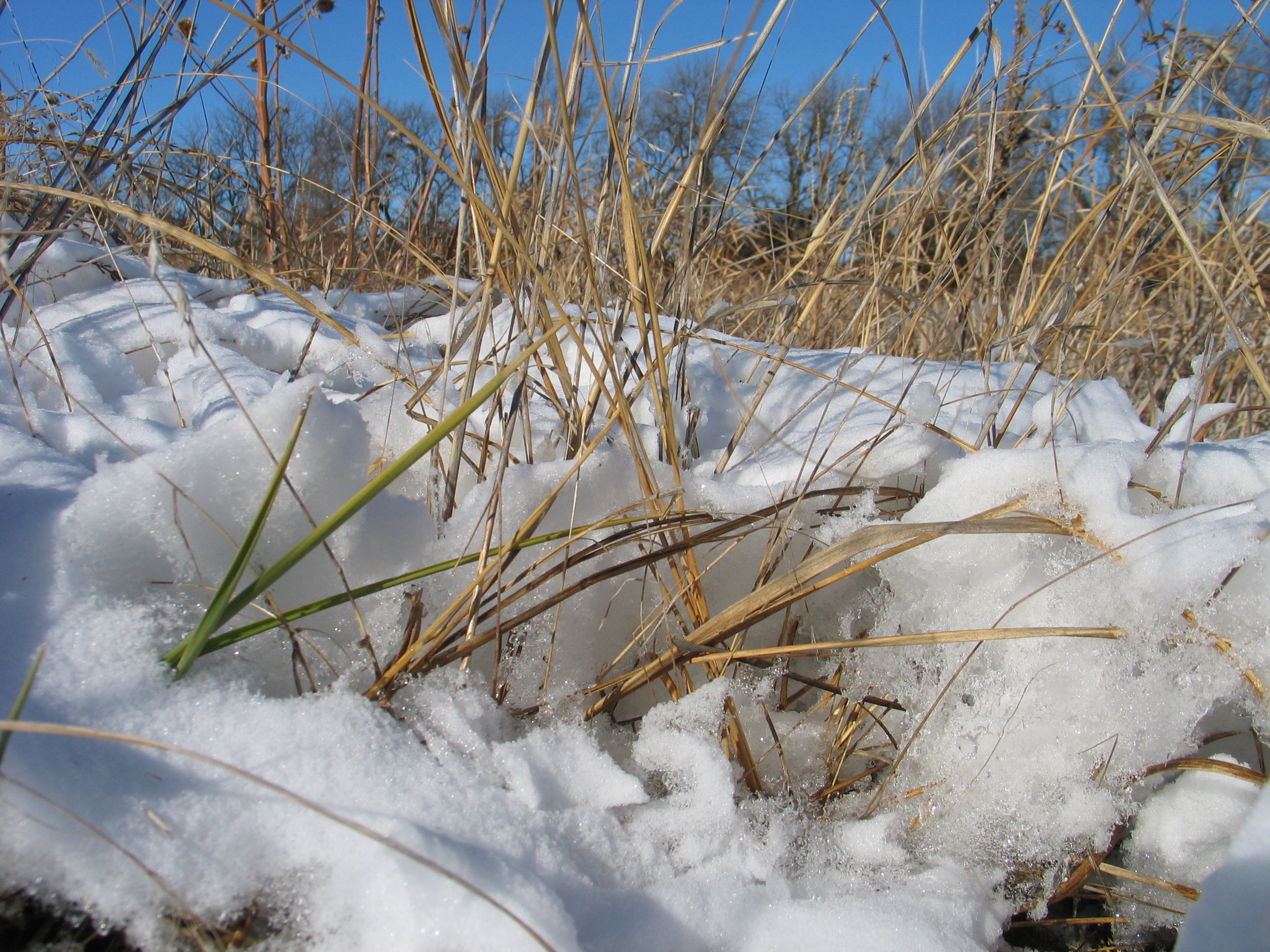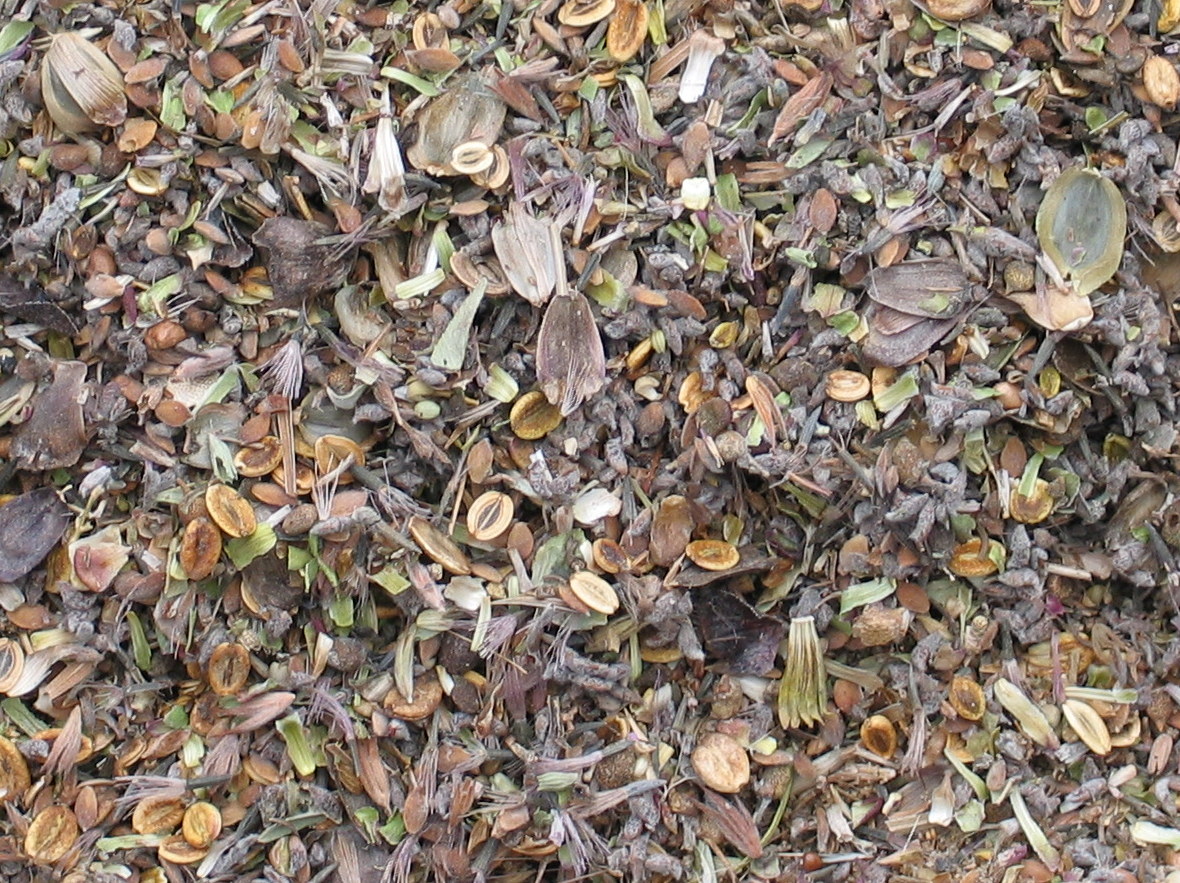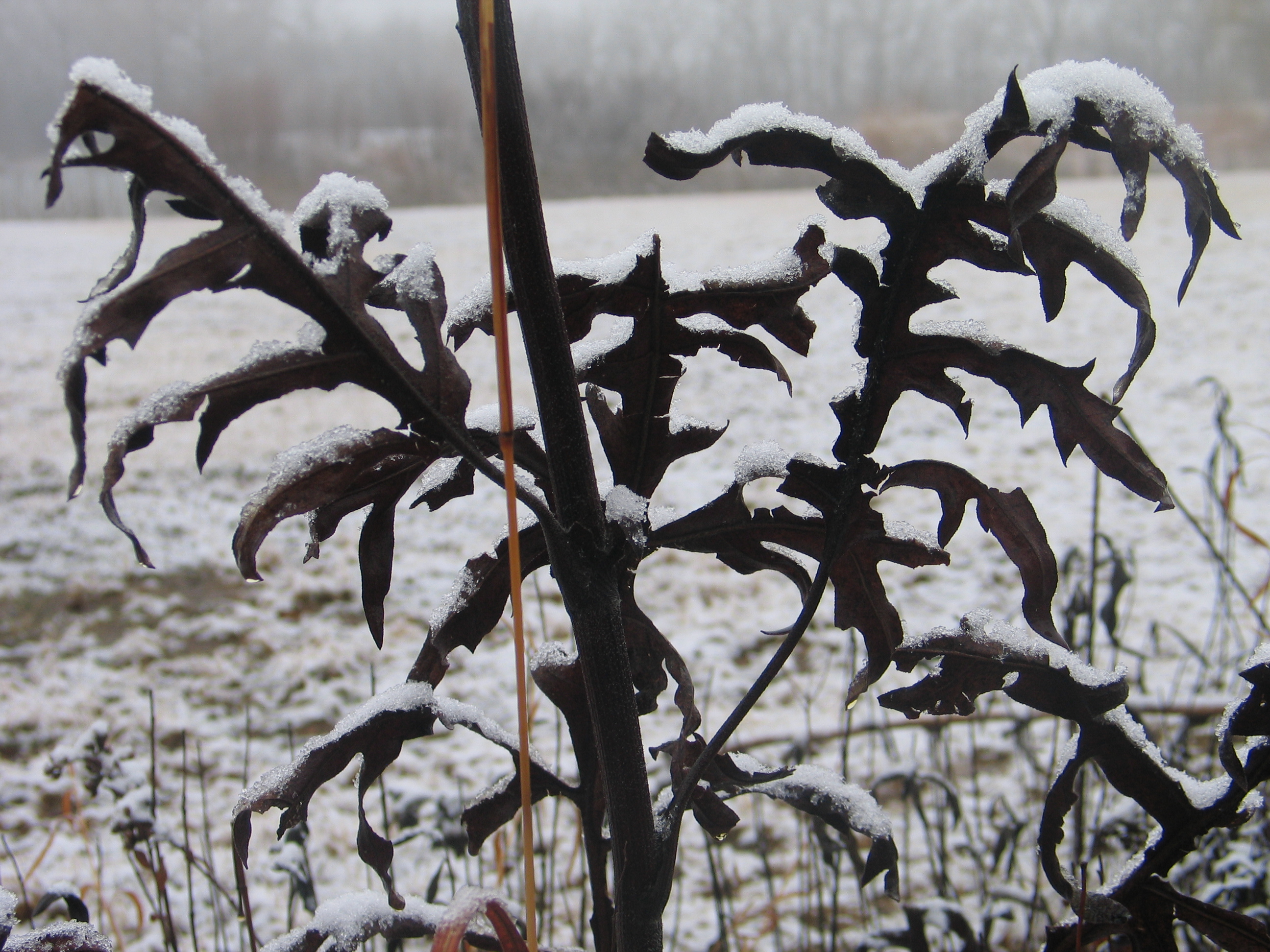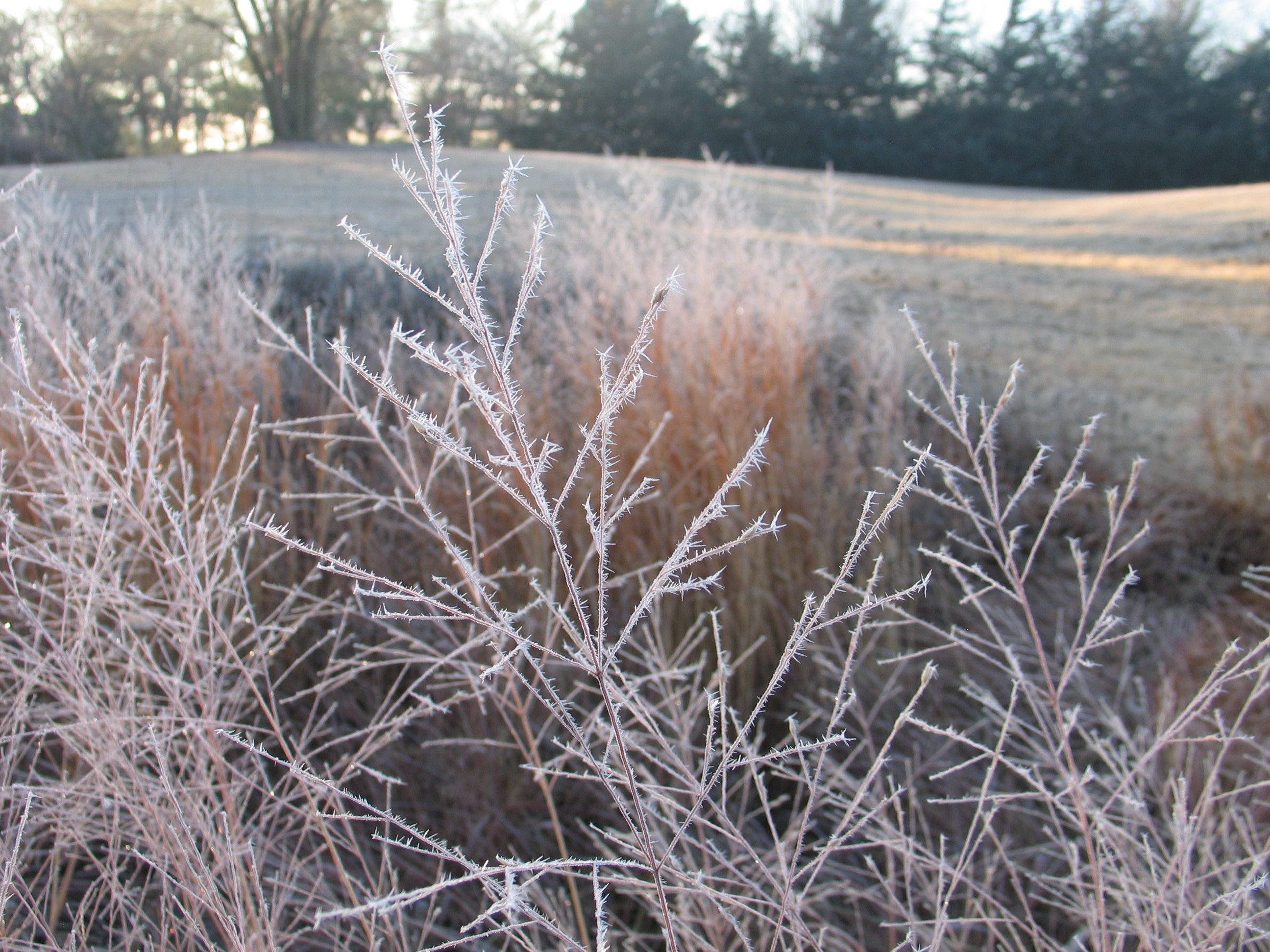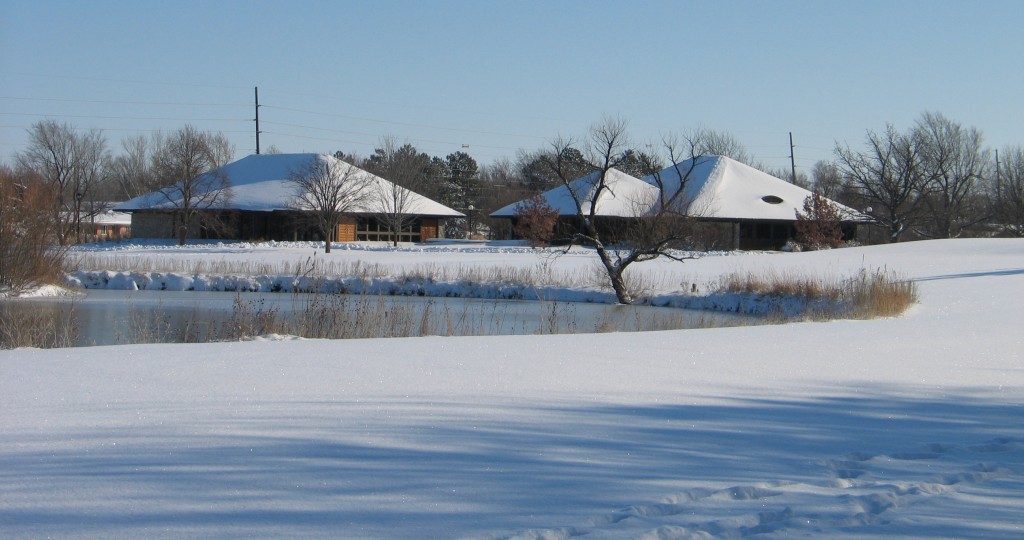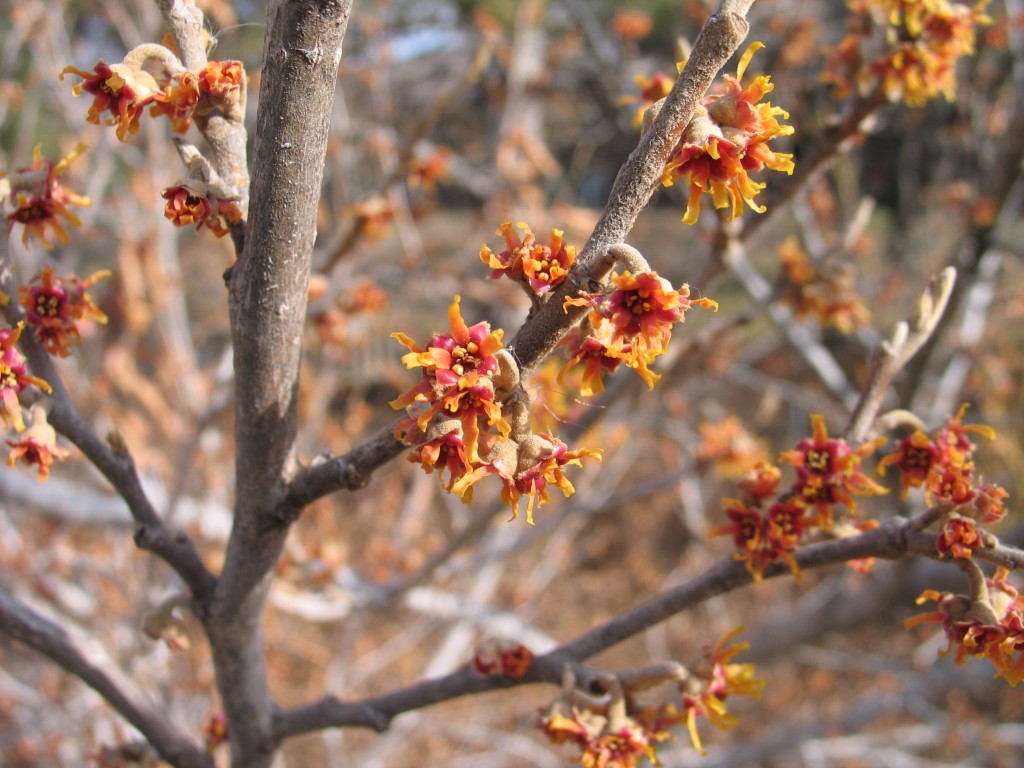Believe it or not, now is the time to plant buffalograss. It is one of the few native prairie grasses that can be used for low-maintenance lawns and other turf areas. It thrives in our clay soils and stays relatively low.
The arboretum has benefitted from the established stands of buffalograss we maintain. The fine leaves stay a nice blue-green during the growing season, and it requires less mowing, watering, and fertilizing compared to our fescue or bluegrass lawns.
Newer varieties of buffalograss (Bowie, Cody, and Sundancer) green up faster in the spring, stay green longer in the fall, spread quickly by stolons to cover a planting area and remain shorter. They therefore require less mowing.
Once established, we have found it to be a tough, durable alternative to many cool-season grasses. It thrives in dry, sunny conditions and even survived the extreme drought of 2012. We will be planting some additional areas to buffalograss in the coming weeks.
Here are some ways to ensure a favorable outcome when planting a buffalograss lawn:
Give it sunshine.
Buffalograss needs at least 6 hours of direct sunlight per day and a well-draining soil to grow best. It will not grow well in low areas with periodic standing water or areas of shade. Typically, if it is unhappy, you also will be unhappy with its overall appearance.
Weed control prior to planting.
Just like establishing a flower bed, your seeding area needs to be as weed free as possible. I have found that several applications of Round-Up in the spring prior to planting is the best way to control weeds, especially Bermuda grass and bindweed. I also lightly till (1/4-1/2 inch deep) the area before planting so that I have some loose soil to just cover the seed. Keep in mind that every time the soil is tilled new weed seeds will germinate, which will need to be eradicated before spreading the seed.
Proper seed selection.
There are new forms being discovered and introduced every year, but the forms we have used at the arboretum have been Cody, Bowie, and Bison. We seeded them in June or July at a rate of 2-3 lbs. of seed per 1000 square feet.
Proper establishment.
Buffalograss needs soil temperatures that are above 60⁰ F for germination to start. I normally spread half the seed in one direction and then spread the other half perpendicular to the first half of seed. I lightly rake the area and then pack it in (drive over entire planting with a mower or tractor) to get good seed-to-soil contact.
I water the whole area deeply the first watering to completely saturate the soil (just to the point water is running off) and then follow with frequent light watering until the seeds germinate in 14-21 days. Once germination is complete, infrequent deep soakings will keep the new seedlings spreading. Full establishment of an area from seed can be completed in the first year.
Weed control after planting.
These new forms of Buffalograss perform well in our area. In ideal conditions, they form a thick, dense lawn that can out compete weeds. In marginal situations, weeds can become problematic, requiring weed control through herbicides or manual eradication. We apply a broadleaf weed control in the fall to eliminate henbit, dandelions, bindweed and other broadleaf weeds. Management of weeds in your buffalograss both before planting and the first few years after establishment will, over time, reduce future weed control, watering, mowing and overall maintenance.
I have found buffalograss to be a valuable turf for open, sunny spaces, but keep in mind that it is not a miracle grass that can solve all your lawn problems. The natural look of this native grass should be appreciated because it is adapted to our area. It should also be planted with the expectation that it will require less financial input and minimal work to maintain a dense, attractive turf. For these reasons, I have found buffalograss to be a low-maintenance lawn alternative that is worth growing.



